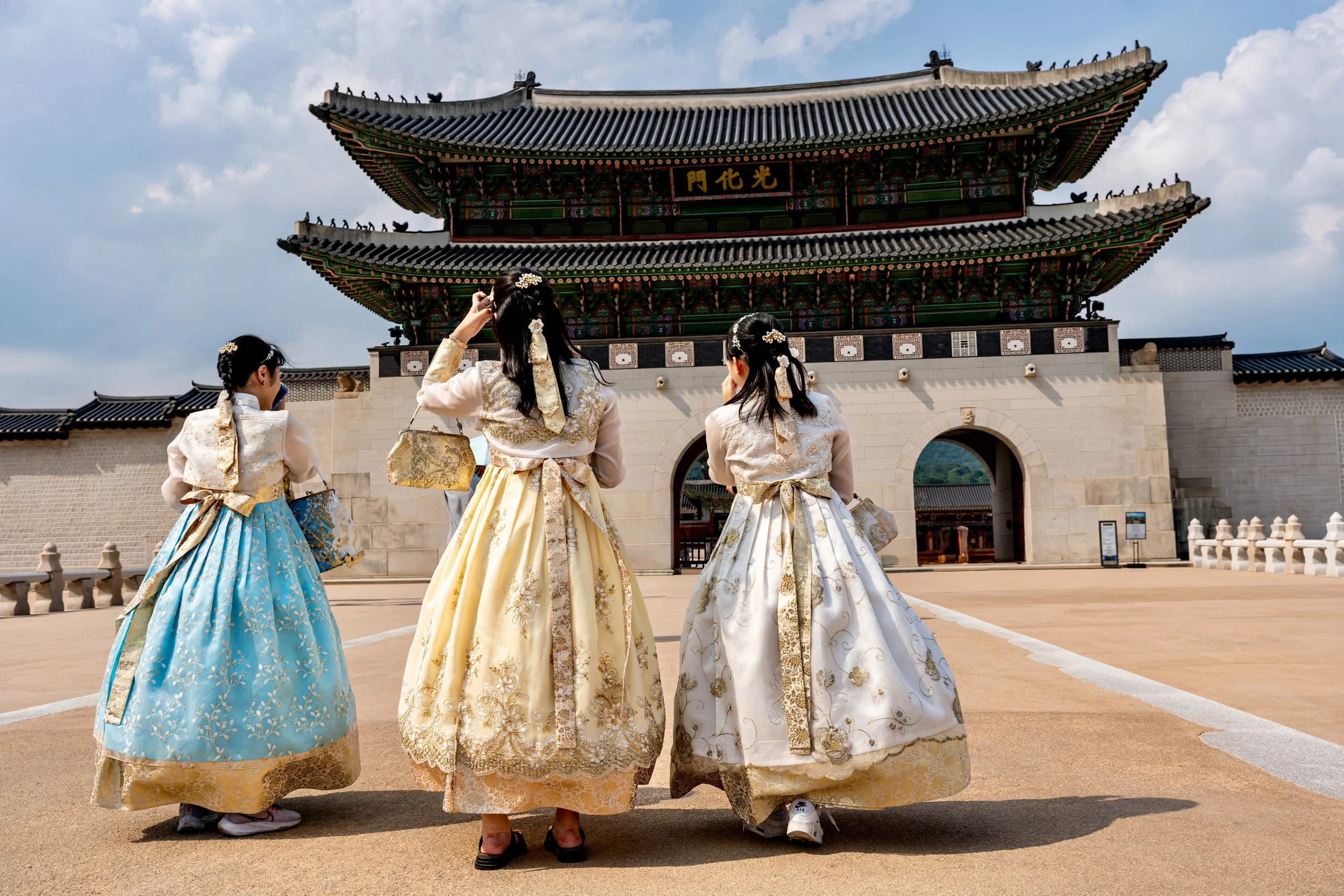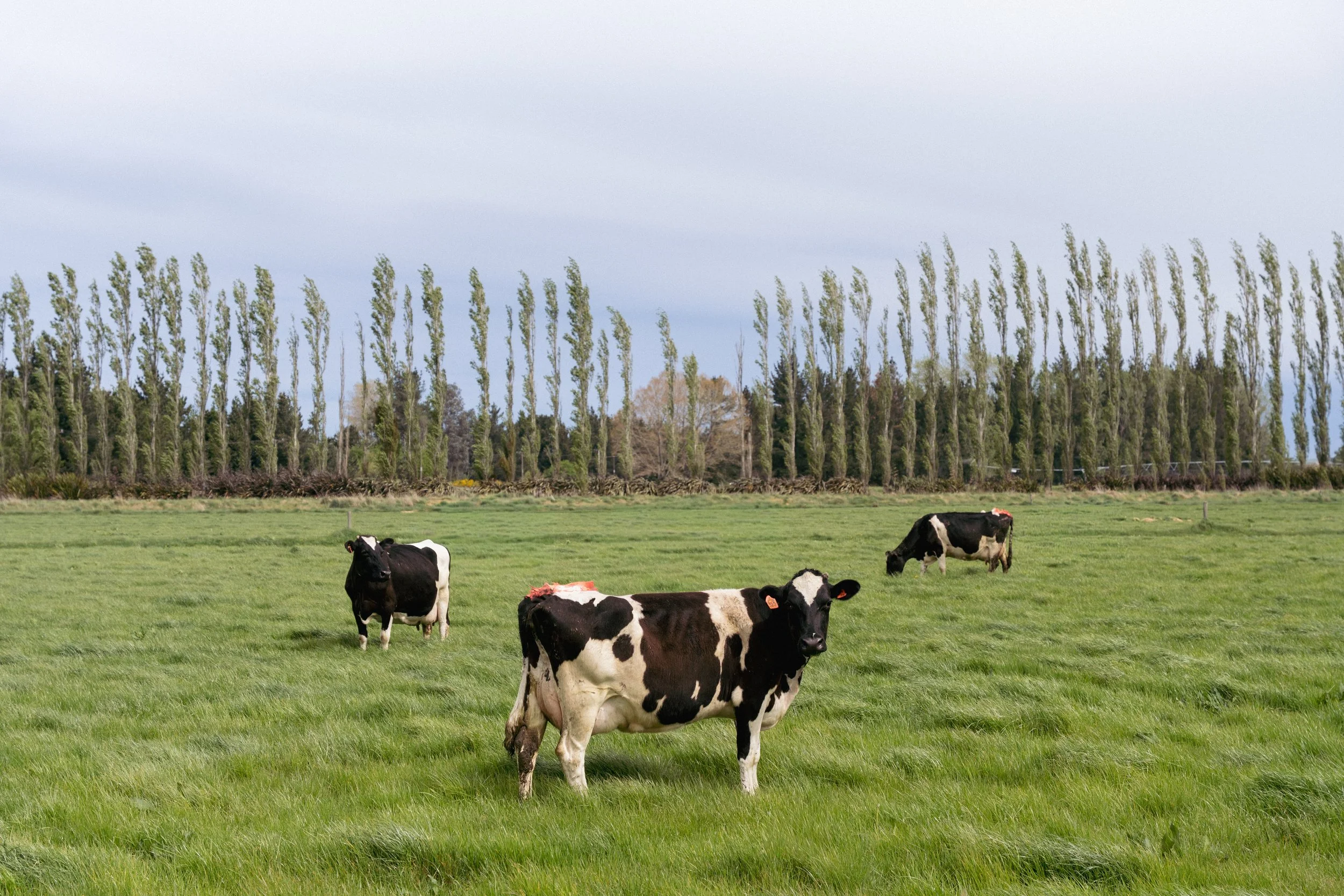The Rule of Three
In an ever increasing world full of promising and fledging photographers, now more than ever you need to be creative in order for your work to stand out. In short, composition can play a major role in this.
In this blog I will be discussing the photography technique of ‘The Rule of Three’, and how it can benefit and improve your composition.
The rule of three refers to the involvement of three subjects or objects within the composition of a photograph, thus creating and introducing a more well rounded image.
Visual Balance
First and foremost, this composition helps to create a dynamic of visual balance between each subject within the frame. In comparison, images with even numbers such as 2 or 4 often lead to a disorientated or even cluttered balance. For one reason or another, a central subject joined by a few more either side balances out an image perfectly, thus dismissing the notion of a photo being almost too symmetrical and off shape.
Leads the Eye
Furthermore, the composition of the rule of three is visually appealing to the eye. This is because the odd number of subjects within the shot gently encourages and attracts the viewers eye to move and visualise more of the picture frame, therefore also adding a degree of rhythm and storytelling to the photograph.
Natural Composition
Leading on from this, one further aspect of using this composition within your photography is that it feels natural, free flowing and organic. The saying threes a crowd in this instance is actually beneficial and works in your favour, with the uneven number of subjects working together in harmony to help engage the viewer, once again aiding to promote a balanced image.
Depth
Last but not least, working with this composition as a tool photographic tool can also help to add a sense of depth to your imagery. Depth is a vitally important component when it comes to photography, as it can deepen the meaning and drive the narrative of an image through the power of foreground and background elements. When combined, this can also impact the story behind a photo, adding a sense of emotion and tension to the frame.




